Why the XRP ($2.51) vs SEC Case Matters
The legal battle between Ripple Labs and the U.S. Securities and Exchange Commission (SEC) stands as one of the most defining events in the history of cryptocurrency. The lawsuit revolved around whether XRP, the digital asset native to Ripple’s blockchain, was sold as an unregistered security. The outcome shaped regulatory perspectives for digital assets globally.
For Ripple and its investors, the stakes were high. If XRP were deemed a security in all contexts, exchanges might need to register as securities brokers and U.S. investors could lose access to one of crypto’s most traded assets. On the other hand, a favourable ruling might set a precedent that benefits hundreds of altcoins. This case represented a test of how regulators treat digital assets and could influence innovation and compliance frameworks for years to come.
Timeline of the XRP vs SEC Case (2018–2025)
To fully understand where things stand today, we need to revisit the journey step by step.
- 2018 – XRP gains momentum as Ripple signs banking partnerships. At the same time, Ethereum is declared not a security by the SEC, fueling debates about XRP’s status.
- December 2020 – The SEC sues Ripple Labs and its executives for raising $1.3 billion through unregistered XRP sales. XRP crashes by more than 60% and U.S. exchanges delist the asset.
- 2021–2022 – Ripple fights back, targeting inconsistencies in SEC communications, especially around Ethereum’s regulatory treatment.
- July 2023 – Judge Analisa Torres rules that institutional sales of XRP qualify as securities, but exchange sales to retail investors do not. XRP surges more than 70% in 24 hours.
- October 2023 – The SEC’s attempt to appeal is denied, cementing Ripple’s partial win.
- 2024 – Settlement rumors gain traction, suggesting fines and refunds but preserving XRP’s classification as a non-security in public markets.
- 2025 – Ripple and the SEC jointly file to dissolve injunctions. Ripple agrees to penalties totaling $125 million. By August, all appeals are dropped, and XRP rallies to multi-year highs above $3.
XRP Price vs SEC Case Timeline
The Core Debate: Is XRP a Security?
The central issue of the lawsuit revolved around the Howey Test, which defines securities in U.S. law as:
- An investment of money
- In a common enterprise
- With the expectation of profits
- Derived from the efforts of others
The SEC’s argument was that Ripple raised money by selling XRP as an investment contract, promoting its profit potential, and maintaining control of the ecosystem.
Ripple’s defense emphasized XRP’s real-world utility: powering cross-border payments, enabling liquidity, and running on a decentralized ledger independent of Ripple Labs. Ripple argued XRP functions as a currency, not a security.
Judge Torres’ ruling reflected this nuance: institutional XRP sales were considered securities, but programmatic exchange sales were not. This distinction became a landmark in crypto regulation because it separated secondary market activity from initial institutional fundraising.
Read Also: Whales Load Up on XRP, Analyst Says Next Stop Could Be $12.60
XRP’s Fair Market Value: Analyst Calculations vs Market Price
XRP’s price has always been controversial. Analysts and community members have debated whether its true fair market value (FMV) is much higher than what exchanges reflect.
- Discounted Cash Flow models suggest XRP could reach $10–$15 if global banks adopted it at scale.
- Network utility models place XRP in a more conservative range, typically $3–$5, based on actual usage.
- Speculative adoption models by community enthusiasts estimate XRP’s value could reach $100 or more in extreme scenarios, assuming full integration with global settlements.
XRP Actual Price vs Fair Market Value Estimates
Rumors, Predictions, and the “XRP 589” Myth
Few cryptocurrencies have generated as much speculation as XRP. One of the most enduring myths was the “XRP 589 prophecy,” which claimed XRP would hit $589 by the end of 2018. This prediction originated from a pseudonymous figure known as the Ripple Riddler and was fueled by cryptic posts and theories about insider knowledge.
Supporters linked the number to banking adoption, ISO 20022 compliance, and even conspiracies about the IMF or Federal Reserve. None of these predictions came true, and XRP’s price never approached such levels.
Other rumors have claimed XRP might be backed by gold, secretly tied to the U.S. financial system, or used as collateral for stablecoins. While these claims keep community discussions lively, none have been substantiated.
Related Article: Ripple CTO Highlights Why XRPL Stands Out in Blockchain Race
Impact on XRP Holders and Exchanges
The lawsuit had significant consequences for both investors and platforms.
- For retail holders, XRP underperformed the wider market during the bull run of 2021–2022. Many U.S. investors were unable to trade the token because it was delisted on Coinbase and other platforms.
- For exchanges, the lawsuit signaled how quickly regulatory actions could disrupt business. Coinbase, Kraken, and others faced heavy criticism for cutting off access, but their actions reflected fear of SEC penalties.
- Relistings in 2023, after Judge Torres’ ruling, triggered a sharp rally and renewed liquidity, showing how regulatory clarity directly impacts adoption.
What Comes Next: Possible Outcomes and Market Scenarios
With the case now officially over, the road ahead for XRP depends on adoption, regulation, and broader market conditions.
Bullish Scenario: Regulatory clarity attracts institutional investors. XRP challenges or exceeds its 2018 all-time high of $3.84 and aims for $5–$10 as banking adoption expands.
Neutral Scenario: XRP grows gradually in line with the crypto market, trading between $2 and $4 over the next few years.
Bearish Scenario: Despite legal clarity, limited adoption caps growth, keeping XRP under $2.
Post-Lawsuit Market Scenarios
Conclusion: The Ripple Effect Beyond Ripple
The Ripple vs SEC case was more than a legal dispute. It became a test for how digital assets are classified and regulated.
The outcomes show that not every token can be automatically labelled a security. XRP’s partial victory established that exchange-based secondary sales may be outside securities law. This precedent could influence rulings for Ethereum, Solana, and other major tokens.
For investors, the resolution has brought relief, as XRP is once again widely available and institutions can consider it without fear of legal ambiguity. For the broader crypto industry, the case demonstrates how clarity drives growth while uncertainty stifles innovation.
FAQ: XRP vs SEC Common Questions
When did the case officially end?
The case concluded in August 2025, with all appeals dropped and Ripple agreeing to penalties.
Can XRP reach new all-time highs now that the case is over?
It is possible. Analysts suggest XRP could surpass its previous high of $3.84 if institutional adoption and banking partnerships accelerate.
How does this compare to Ethereum’s treatment?
Ethereum avoided being classified as a security in 2018, and XRP’s case extends that clarity further by distinguishing exchange-based sales from institutional fundraising.
The post XRP vs SEC: The Full Story, Market Value Debates, and What Comes Next appeared first on FXcrypto News.













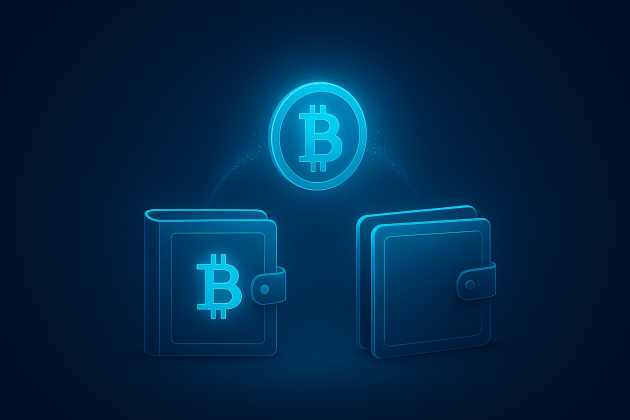


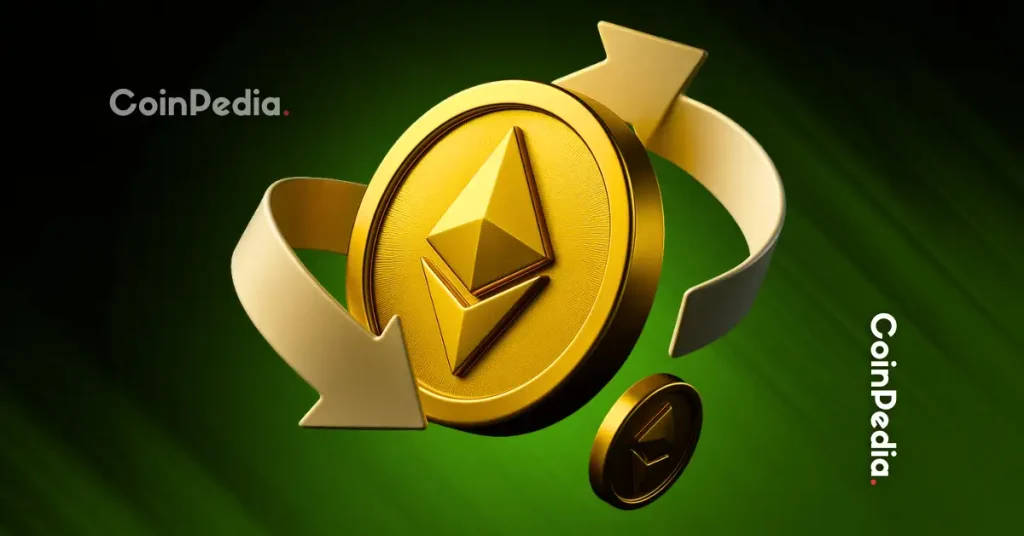
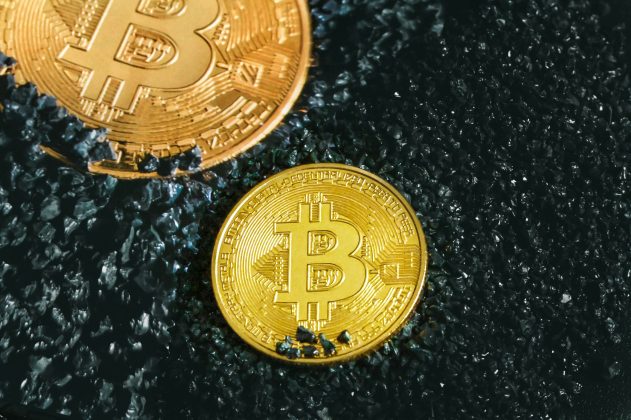



 24h Most Popular
24h Most Popular
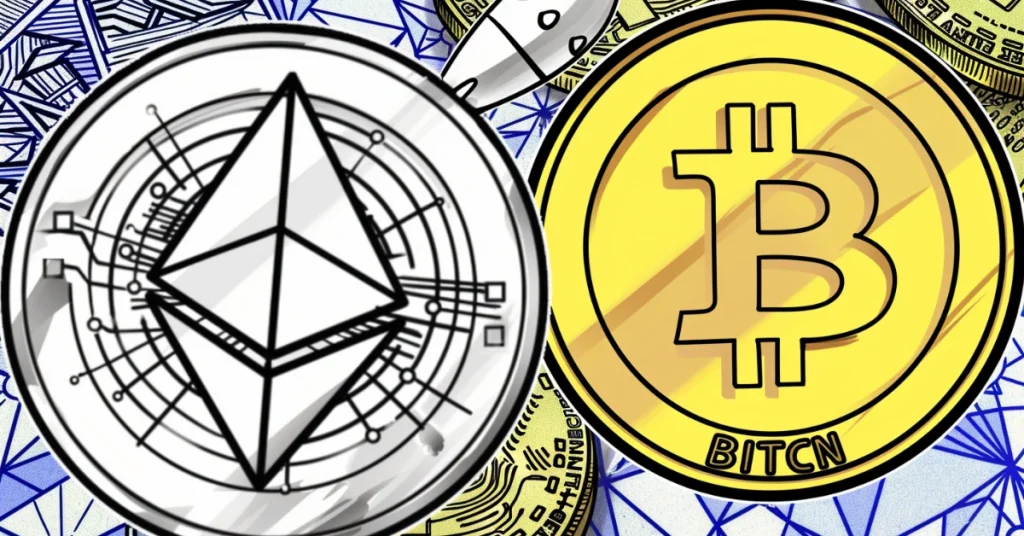
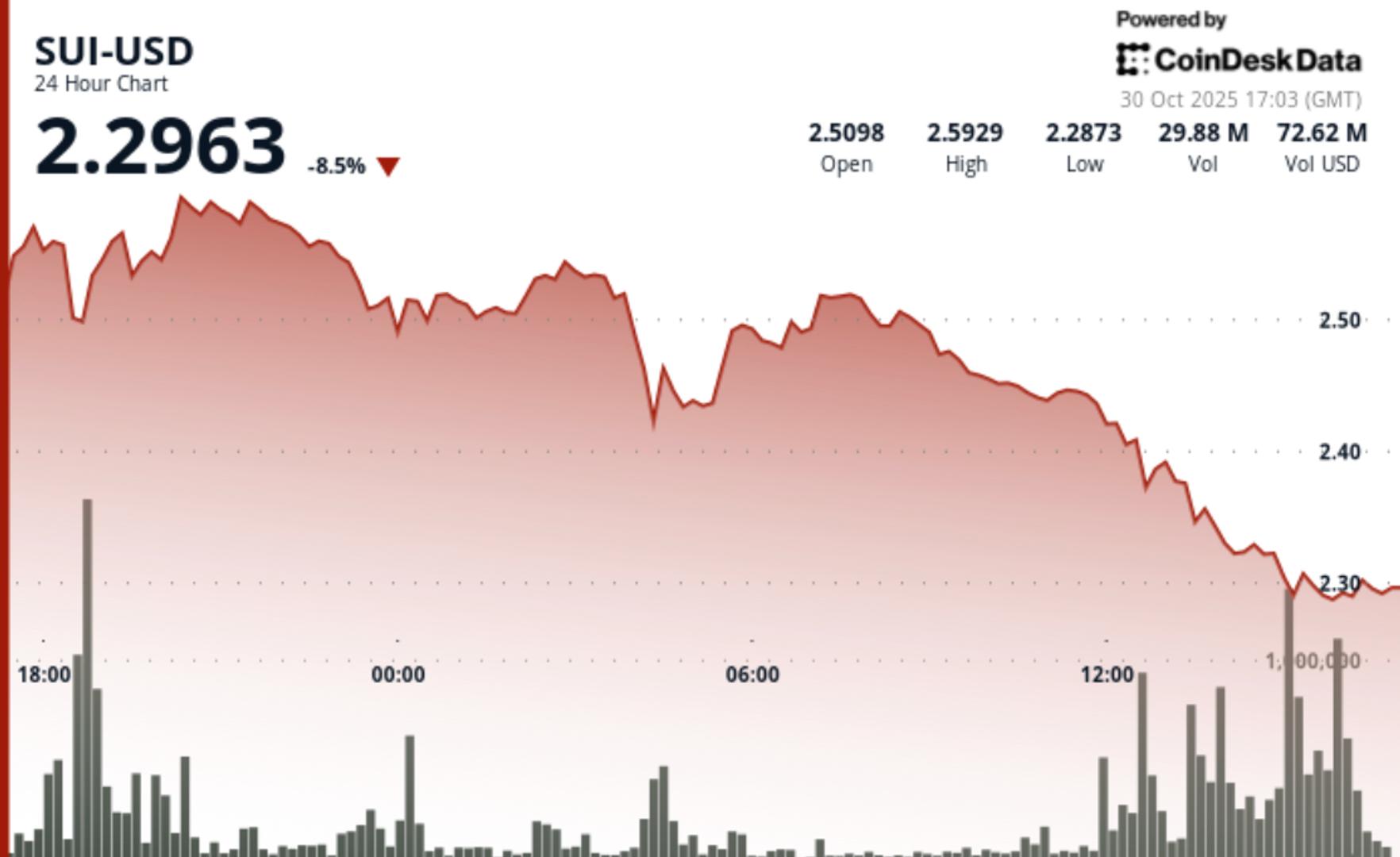

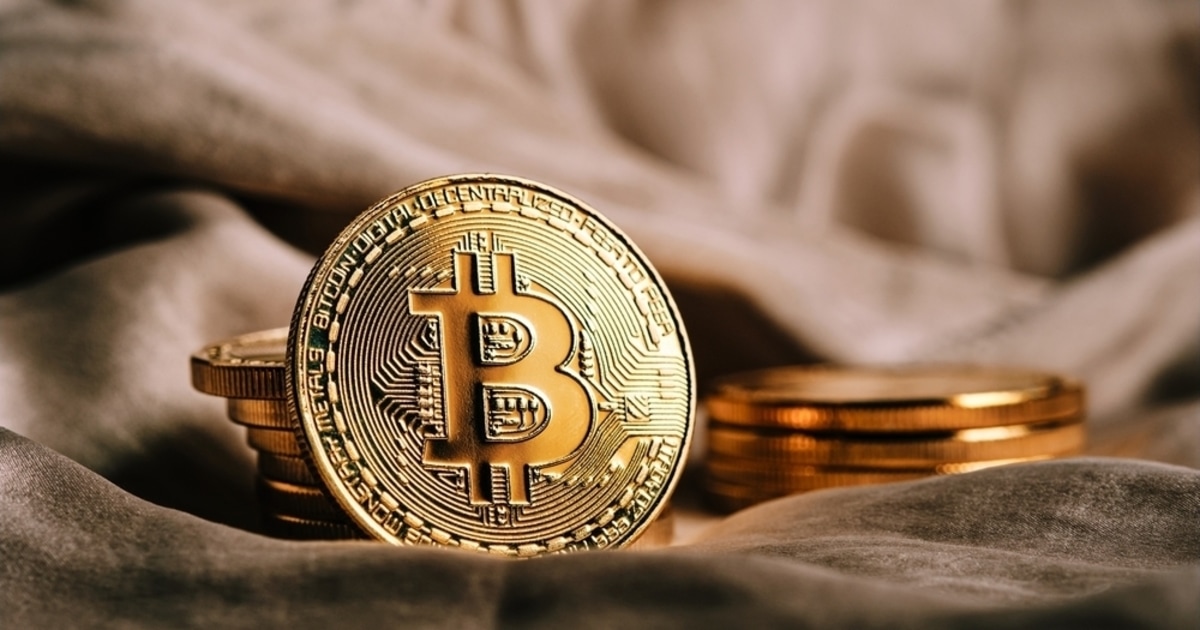




 Utilities
Utilities